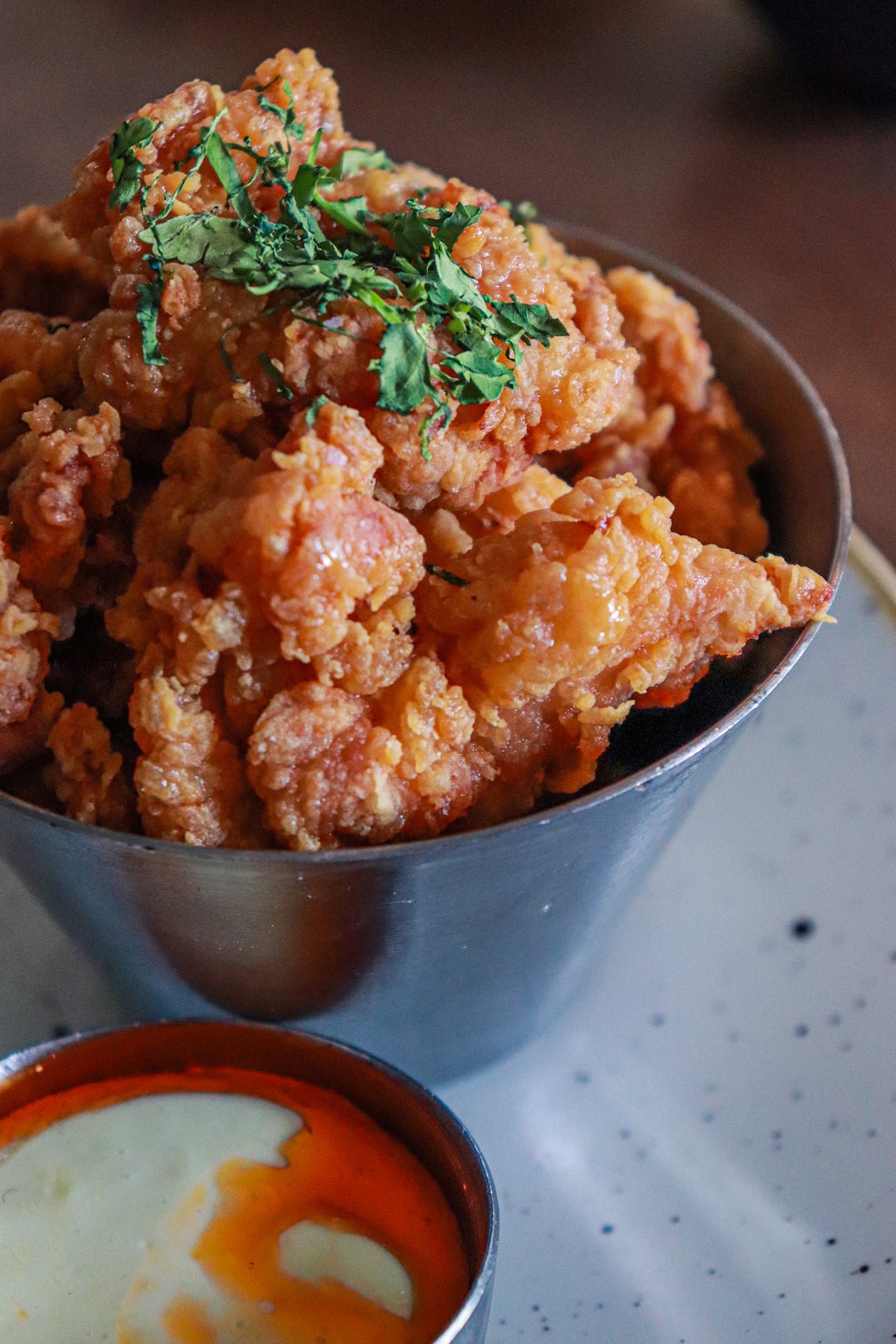
The Art of Food Presentation: Tips and Tricks to Elevate Your Dishes
Share0The Art of Food Presentation: Tips and Tricks to Elevate Your Dishes
They say you eat with your eyes first, and it couldn’t be truer when it comes to food presentation. The way a dish is presented can greatly enhance your dining experience, making it more enticing and enjoyable. Whether you are a home cook or a professional chef, mastering the art of food presentation is key to creating a memorable meal. Here are some tips and tricks to elevate your dishes and make them visually appealing:
1. Start with a clean canvas: Just like a painter starts with a blank canvas, a clean plate is essential for food presentation. Make sure your plates are spotless before plating your food as any smudges or stains can detract from the overall appeal.
2. Play with colors: Incorporate vibrant and contrasting colors to make your dish visually striking. Use colorful fruits, vegetables, and garnishes to add pops of color to your plate. Remember, a visually appealing dish is not only appetizing but also looks more nutritious and fresh.
3. Use different textures: Experiment with different textures to add depth and interest to your dish. Combine crispy, crunchy elements with smooth and creamy components. For example, pair a crispy breaded chicken breast with creamy mashed potatoes for a textural contrast.
4. Use appropriate portion sizes: Pay attention to portion sizes while plating your food. Avoid overcrowding the plate, as it can make the dish look messy and unappealing. Instead, aim for a balanced ratio of components to create a visually pleasing arrangement.
5. Consider plate geometry: Opt for plates of different shapes and sizes to enhance the presentation. While round plates are the most common, square or rectangular plates can add a contemporary touch. Make sure to use appropriate plating tools, such as squeeze bottles, tweezers, or food molds, to create clean lines and attractive shapes.
6. Garnish with finesse: Garnishes can elevate the presentation of your dish when used tactfully. Fresh herbs, microgreens, edible flowers, or a sprinkle of spice can add an extra layer of sophistication. However, it is important not to overdo it as too many garnishes can overwhelm the plate.
7. Plate from a lower angle: Instead of looking down directly on the plate, try plating from a lower angle. This will give you a more artistic perspective and allow you to create height and depth in your presentation.
8. Consider the overall theme: If you are cooking a specific cuisine or dish, take inspiration from its culture and aesthetics. For example, if you are preparing a Japanese dish, use minimal and clean plating techniques to reflect the simplicity and elegance of Japanese cuisine.
Mastering the art of food presentation takes time and practice, but once you understand the principles and techniques, it can elevate your dishes to a whole new level. Remember, presentation is not just about making your food look pretty; it is about enhancing the dining experience and creating a feast for all senses.
